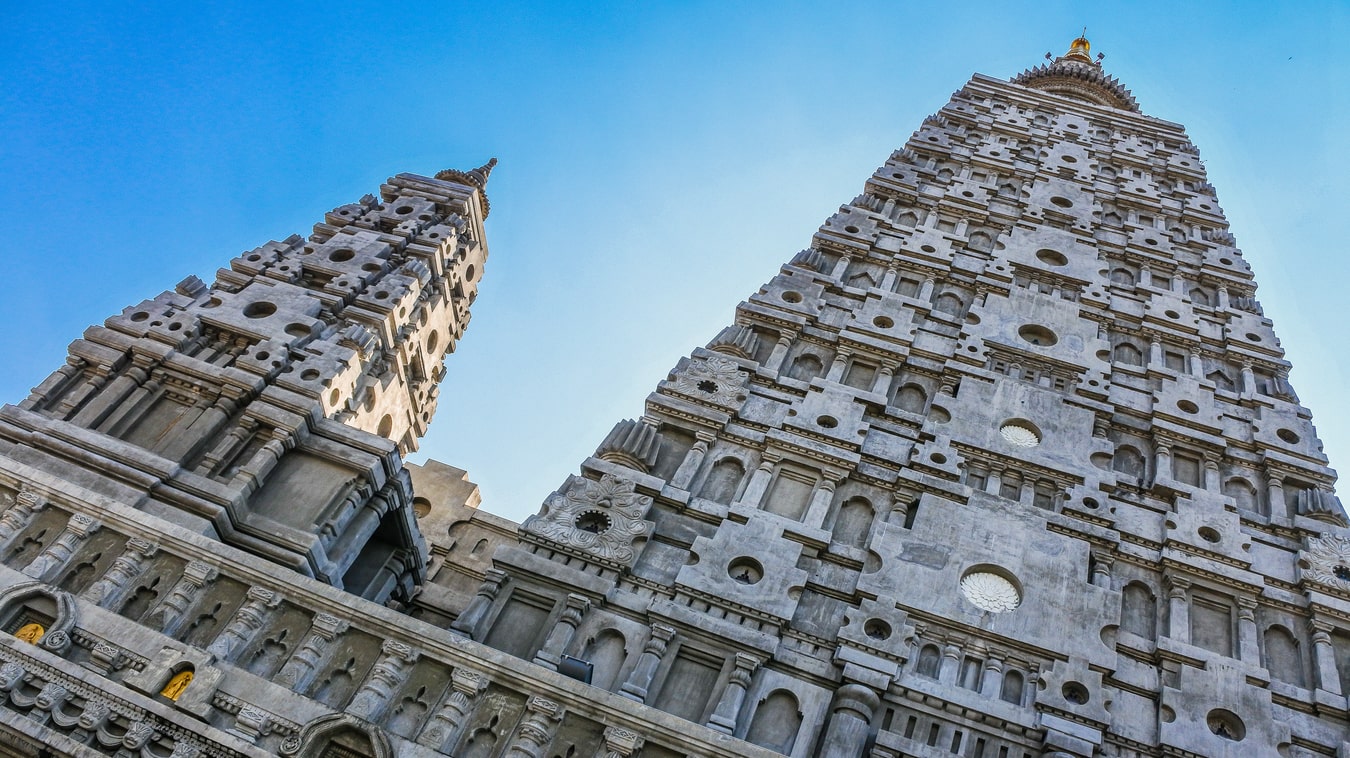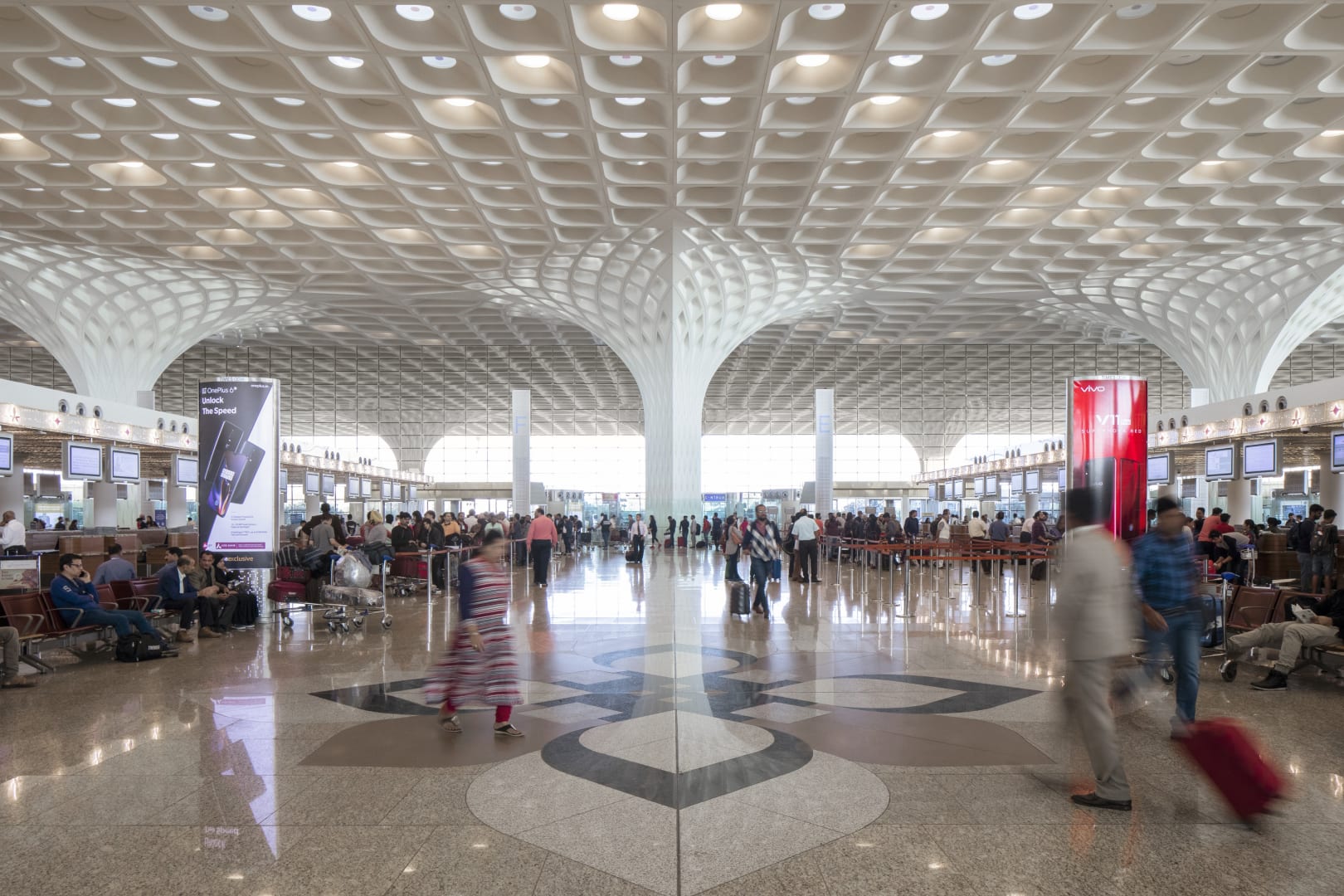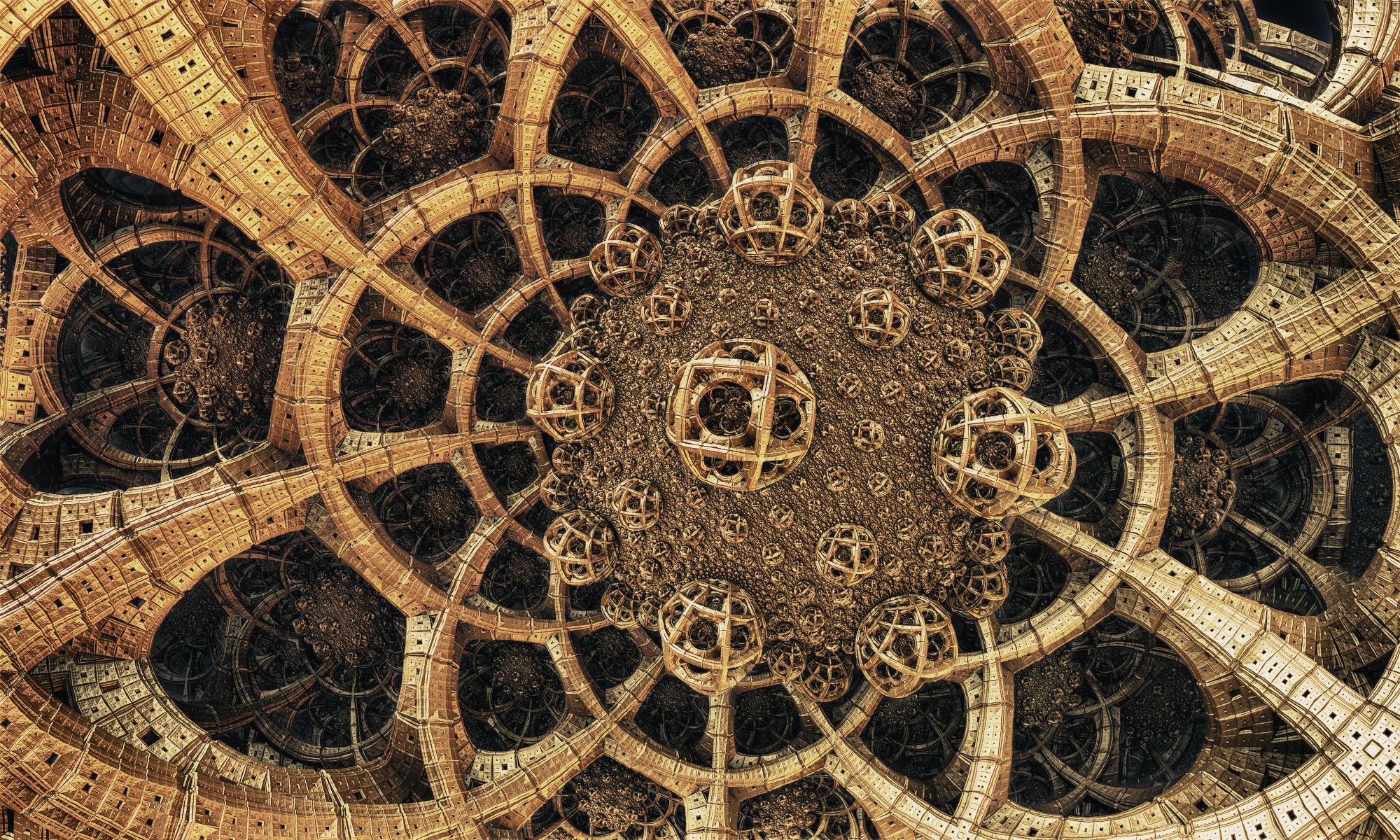There are no items in your cart
Add More
Add More
| Item Details | Price | ||
|---|---|---|---|
Ideating a new-age design that responds to users’ emotions with fractals.
Tue Aug 23, 2022
New-age complexities in design have led to various demands where scale is a prime factor. Meanwhile, there is also a need for highly fragmented designs that promote a nature-driven ‘tech’ approach. Fractals in architecture offer the liberty to explore repeating patterns on varying scales. With modern environments and their current needs, fractal geometry is experiencing a surge. The enticing patterns hold an essence of grace in their repetition and resemble natural shapes to offer added comfort to a design.
Let’s look more into how the application of fractals in architecture is being taken forward by designers and how you can use them too.

Image source: Samwoolfe
Knowingly or unknowingly, we’ve always been surrounded by fractals. By the definition of Benoit Mandelbrot, an American-French-Polish mathematician, a fractal is a broken shape with repeating properties. It’s a complex shape that repeats to form an intricate pattern. As you zoom into it, you’ll still achieve the same shape– that’s how magical the concept of a fractal is!
There’s a presence of fractals in mathematics, computers, time, sound, nature, and even architecture. Fractal architecture has been there since classical times. One of the finest examples of this geometry is the Shikhara design in Hindu temples. The lustily intricate patterns held Hindu cosmology within them that also spoke loud for the aesthetics. Apart from these temples, fractals in architecture can also be seen in modern designs.
What is it that makes them trending and so important in the field of architecture? Let’s find out!

Fractal geometry has no end to it. Once you look into a fractal, you can keep zooming in and find the same pattern repeating itself. It’s like an illusion that doesn’t stop but only keeps getting more interesting.
Whether it’s fractal geometry in nature or architecture, the property that defines fractal is repetition. The basic form of the pattern keeps multiplying and repeating to curate an extremely beautiful pattern.
While approaching a larger scale, the shape of the pattern is usually more irregular than defined.
There’s an essence of simplicity within the complexity of fractals. A fractal begins as a simple shape, it’s the pattern that makes it look complex. These are sorted in a way that even a few mathematical numbers can capture the form.
One of the most surprising facts about fractal geometry is that these lie within the dimensions of 1D, 2D, and 3D.

Image source: DevianArt
They’ve been ruling the designs aging back to Hindu and Buddhist temples, do they have a role to play in the new-age designs? Let’s look into their modern applications!
Modernism in architecture divides a design into grids and matrices. One module is developed, staggered, and played around with to attain the overall design. This can be best achieved with a basic shape repeated as fractal architecture.
A city’s design is guided by zones. There has to be a proper flow into each zone and well-established connectivity. When a fractal approach is taken, there’s an enhanced arrangement of places and a smooth transition is offered within the complexity of a city design.
Before the complexity of facades comes into the picture, there’s a basic structure composed of beams and columns that define the design. A basic design with fractals composes that formwork to be further panelled and enclosed for an interesting design.
Fractals aren’t only applicable in the design but these can be used to compose diagrams for graphical representation offering ease of understanding. With the repetition of a basic shape, one can easily elaborate on the relationship between spaces and concepts.
The randomness and infiniteness of fractals are used for cartographic systems. Digital mapping has been made easier by incorporating fruitful fractals.
Fractals offer fluidity when it comes to explaining hierarchy or forming distinct teams. These can be used and organized to keep track of governance and look into the areas of authorities and their roles.

Image Source: Archdaily
There’s a secret connection that’s formed with fractals in architecture– emotional connection. The notion of bringing fractals in architecture not only leads to matchless aesthetics but the roots go deep and intertwined with the natural world. Humans tend to seek that connection and fractals help in connecting a user emotionally to space and nature.
The resonance to natural patterns not only offers comfort to the eyes but also has various health benefits for the users. Fractals appeal to users with their humanistic scale as well. It’s the sense of comfort that pulls humans toward it.

Image Source: Archdaily
One such example could be seen in Lieta Mercato– a shopping mall in Addis Ababa designed by Xavier Vilalta that is entirely composed of the concept of fractals. There’s an essence of traditional roots carried forward with a futuristic approach in this design. There’s harmony, uniformity, and unmatched beauty within its form. The design further connects the built environment to the local context as the facade is inspired by local Ethiopian women’s attire. One could see a part of them within the structure as they pass by.
The new-age design is all about approaching built environments in a way that they respond to users’ emotions. Several architects and designers have come together and broken down architecture into fractals, scaling laws, and morphogenetic designs. The geometry can be taken ahead in design intentionally or unintentionally.
Apart from lending freedom of ideating, these also serve as basic characteristics of sustainable human environments. These are the components connecting the old and new and bringing a transformation in designs. A basic module of a fractal can create more efficient designs and impart a one-of-its-kind beauty to the structure.
The fusion of mathematics and creativity can lead to organic patterns with a natural appeal. These prove to be beneficial for users’ emotional well-being other than defining a new architectural style.
The need to learn fractal geometry isn’t only restricted to architecture. There are several other domains like fashion designing, product design industry, 3D modelling, and the urban planning sector that have recognized the value of this basic concept. Fractal structures can be adopted while studying or establishing a simpler yet successful urban model.
Designers’ practices are evolving with each passing day to cater to modern demands. An amalgamation of the principles of fractals in architecture along with the construction techniques is one such step that takes a structure closer to the idea of sustainability and desired levels of efficiency.
Explore the world of fractals and get mesmerized by the doors of endless possibilities that get open for you. Join for the workshop on Fractal Architecture using Mandelbulb and Rhinoceros 3D by Futurly–a global education platform for architects and designers. Moreover, the course is devised for beginners and intermediate level for you to stay cut above the rest.
Follow the Link below to Learn More!
References:
Saili Sawantt